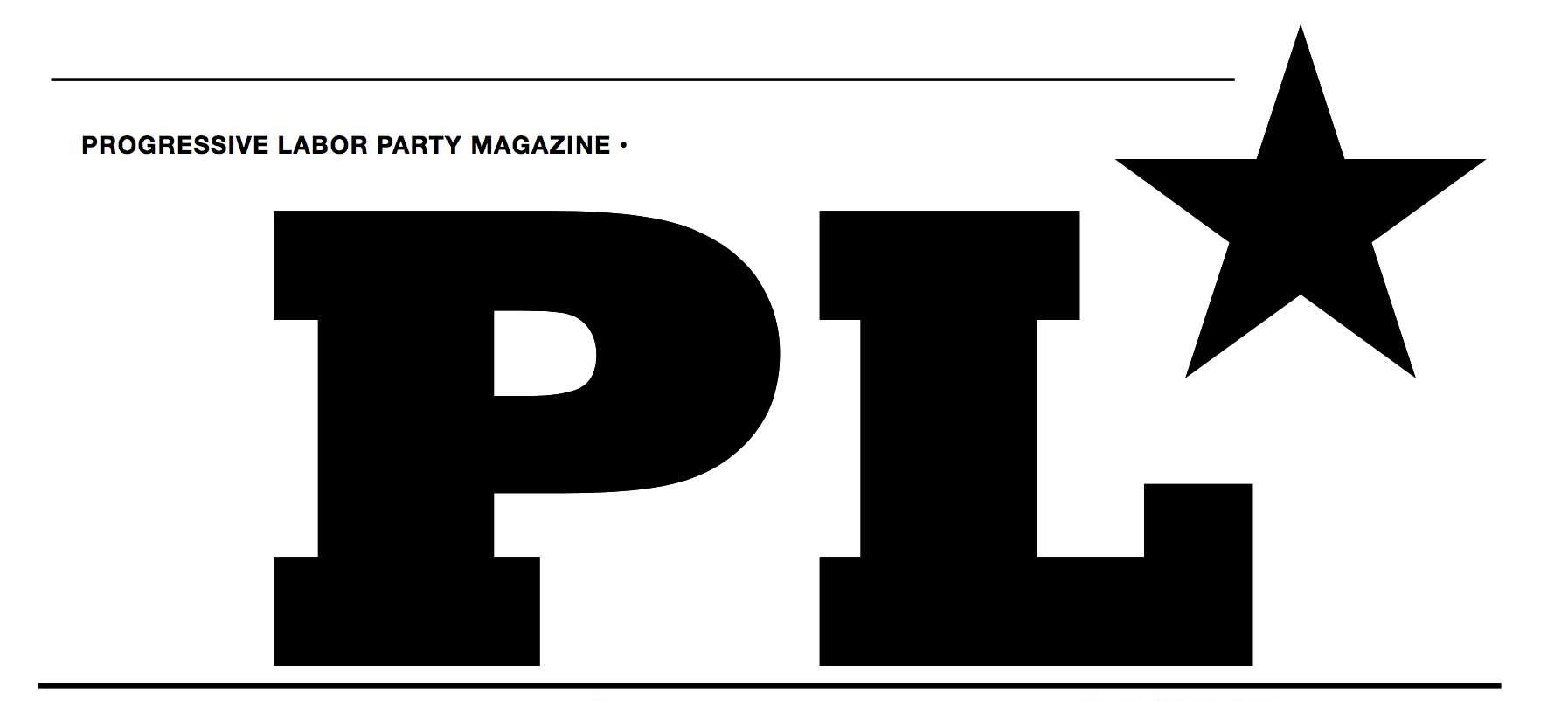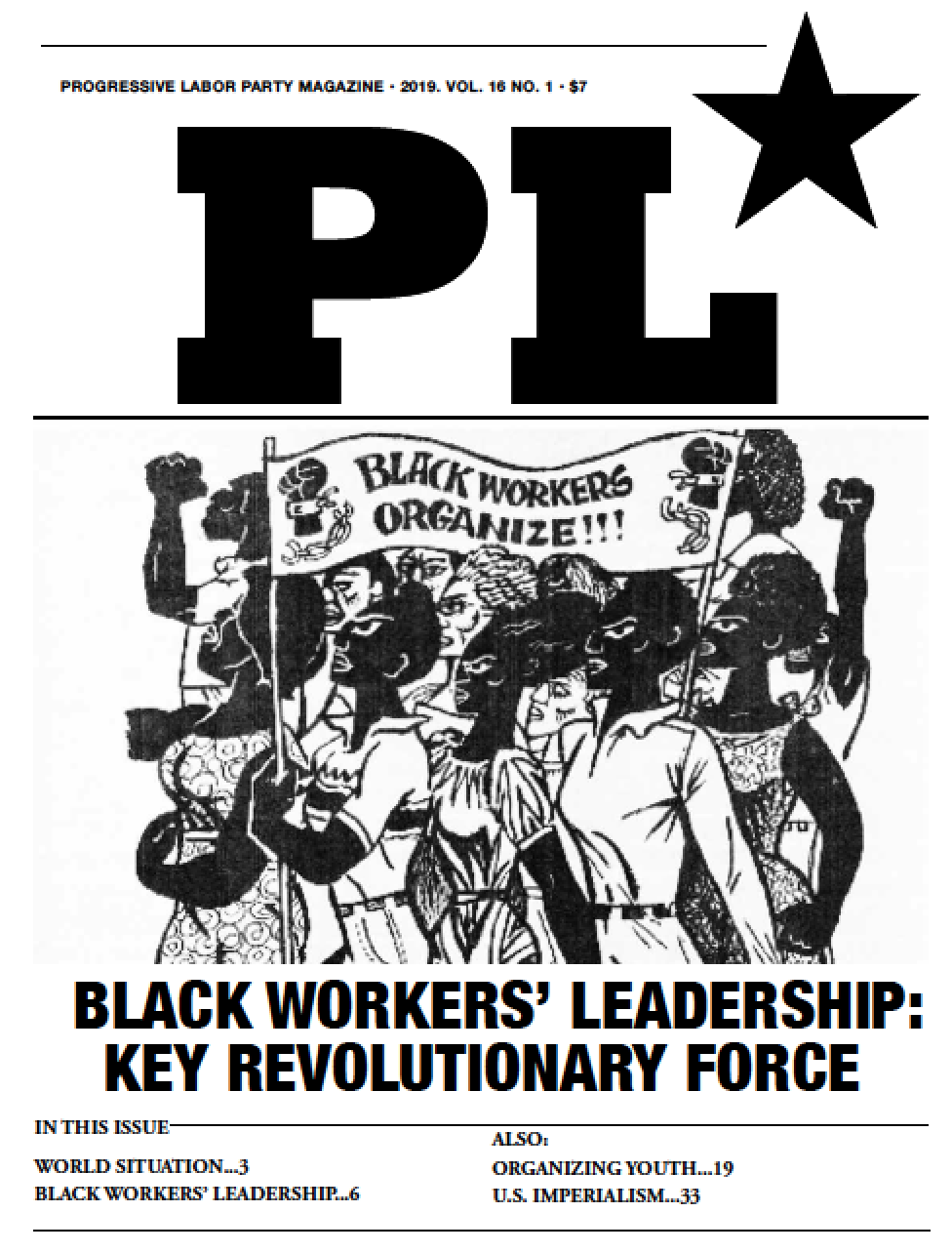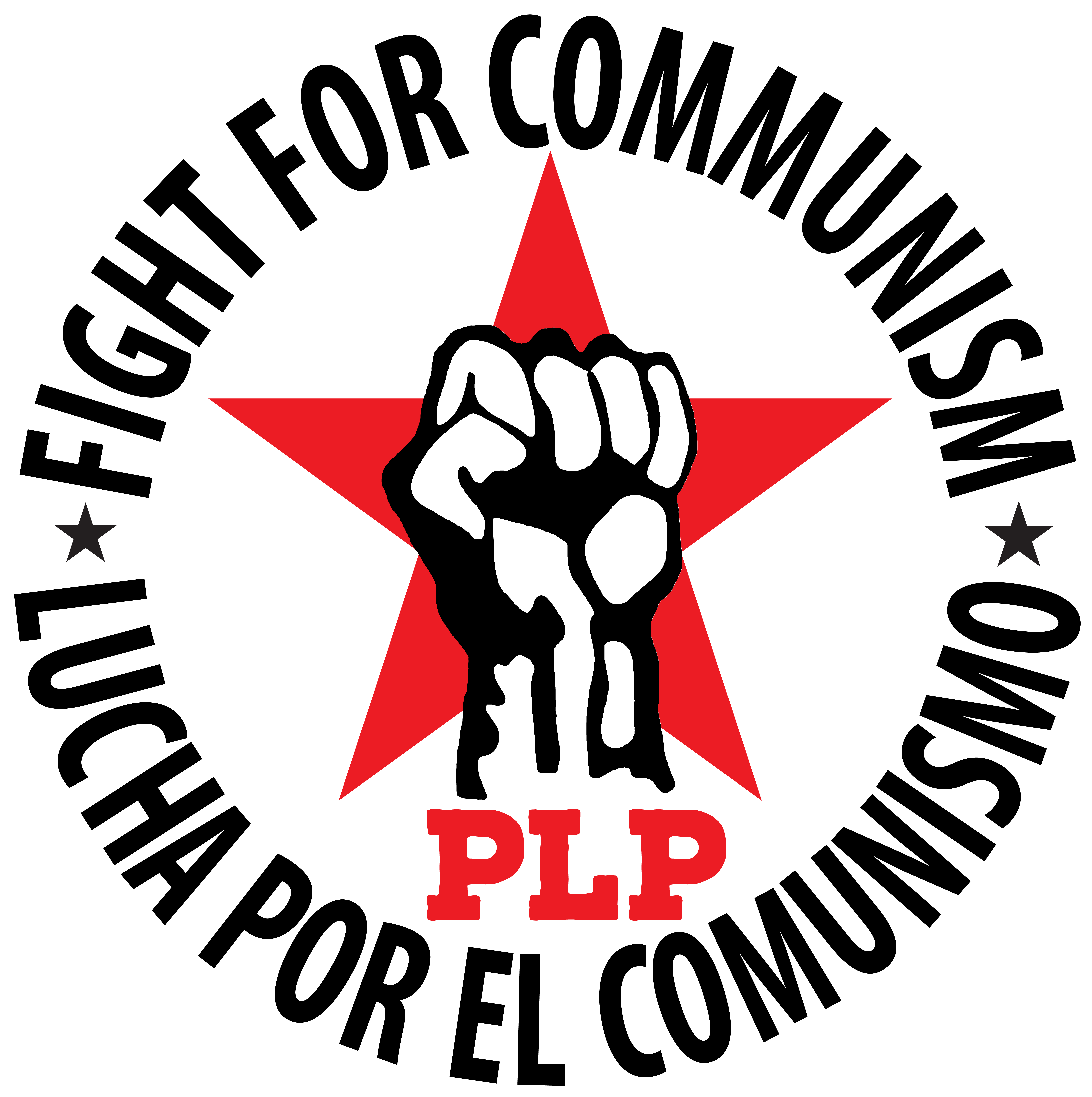The December protests: class struggle in Iran
 Friday, March 23, 2018 at 1:01AM
Friday, March 23, 2018 at 1:01AM This past December, a rebellion began in Iran that exposed the myth of a passive working class- like the rebellions in Ferguson and Baltimore. Iran, like the U.S., Russia, China and every capitalist country in the world, is a class-divided society with exploited workers and oppressed minority populations on the one hand, and exploiters who use religion to enslave on the other.
Back in 2009, there was a “Green Movement” in Iran with demonstrations numbering up to three million workers. This anti-government movement was manipulated by the U.S. and European Union to overthrow then-President Ahmadinejad. The Green Movement’s leadership was made up of politicians and local capitalists clamoring for U.S. investments.
Iranian leaders have blamed the December protests on the U.S. CIA, Saudi Arabia, Israel, and even ISIS. While some combination of U.S.-Saudi involvement may be true, despite Donald Trump and U.S. bosses’ cheers at the revolt, workers and students can function outside the limits of U.S. control.
Economic underpinning of protests
Like the 2015 uprising in Baltimore against racist police terror, many battles preceded the surge of December 2017.
Workers have engaged in years of strikes, labor actions, and protests. Nurses, bus drivers, truck drivers, Teheran tire workers, sugar cane workers, petrochemical workers, bakers in Sanandaj (Kurdistan), and tractor-manufacturing workers in Tabriz have struggled as the economy deteriorated. Unions are illegal, and workers are generally on “temporary contracts” rather than “secure” jobs, allowing instant dismissal.
Since 1988, International Monetary Fund (IMF) loans to Iran required the slashing of workers’ benefits. Government subsidies for petroleum, water, electricity, and bread accounted for 27 percent of the GDP in 2007, but they were changed to direct cash transfers, allowing the “free market” to set (rising) commodity prices. In 2014, even the cash transfers were cut back. This part of the budget declined to 3.4 percent in 2014, and current Iranian President Rouhani’s December budget entailed even greater cuts.
Now, half the population is impoverished, with 10-12 million workers in extreme poverty. Overall, workers makes 15 percent less than they did 10 years ago. The government estimates that $1,000 per year is needed for a family of three to survive, but it set the minimum wage at a third of this. Youth unemployment is 30 percent, and inflation is 15 percent per year, with prices of basics like chicken and eggs increasing 30-40 percent per year. Meanwhile, mullahs (religious leaders) get richer and flaunt their wealth, similar to the U.S.
A rift between President Rouhani and the hardline mullahs led to the initial December 28 demonstration, in Mashhad. Rouhani had exposed the billions in the annual budget intended for Islamic institutions, including the military’s Islamic Revolutionary Guard Corps, and the proposed termination of subsidies for millions of workers ($5.3 billion), 50 percent higher fuel prices, privatized schools, and infrastructure cuts of $3.1 billion. The nuclear deal with the U.S. and EU was expected to end sanctions and improve the standard of living, but the budget did the opposite.
Hardline mullahs organized the rally, but the workers and students grew to tens of thousands, in scores of cities, and attacked the entire capitalist regime, chanting, “People beg while Mullahs rule like gods!” and “Death to the Dictator” (Supreme Ayatollah Khamenei). Police killed 22 protesters and arrested 2,000 (90 percent 25 years old or younger). Social media was virtually shut down.
The Iranian communist movement
The Tudeh party, formed shortly after the Russian Revolution of 1917, built trade unions. By the end of World War II, it earned a significant base among workers, as in many countries, based on the Soviet Union’s defeat of the Nazis. However, the two-stage theory of revolution (socialism before communism) led to Tudeh’s support of a liberal capitalist named Mohammad Mossadegh to head the overthrow of the Shah, the puppet ruler of the British imperialists. Mossadegh quickly turned on Tudeh at the behest of US rulers, and he was in turn overthrown by the CIA in 1953, who reinstalled the Shah. Tudeh retained working-class support, but within four years, Khomeini executed masses of pro-communist workers, using CIA lists.
Many left and formed new communist organizations, however, and some of these workers have been in contact with the Progressive Labor Party.
Implications of the current uprising
Building the revolutionary communist PLP is the key task and only solution for workers from Ferguson to Teheran. As with many recent uprisings—from the 2012 “Arab Spring” revolts to the rebellions in Ferguson and Baltimore—the December protests may result in lower gas prices, but will bring no permanent solution to the workers’ chronic misery under this religious fascist state.
The uprisings world-over show that workers everywhere face the same exploitation, racism, and segregation that impedes the class war. Lenin argued that communist revolution required three things: that workers couldn’t live the same old way; bosses couldn’t rule the same old way; and a communist party fighting for armed revolution with deep roots in the working class. In Iran, as is the case globally, the first two are near fulfillment, but a mass PLP is still missing there—all the more reason to continue to organize!





 Progressive Labor Party (PLP) fights to destroy capitalism and the dictatorship of the capitalist class. We organize workers, soldiers and youth into a revolutionary movement for communism.
Progressive Labor Party (PLP) fights to destroy capitalism and the dictatorship of the capitalist class. We organize workers, soldiers and youth into a revolutionary movement for communism.




Reader Comments